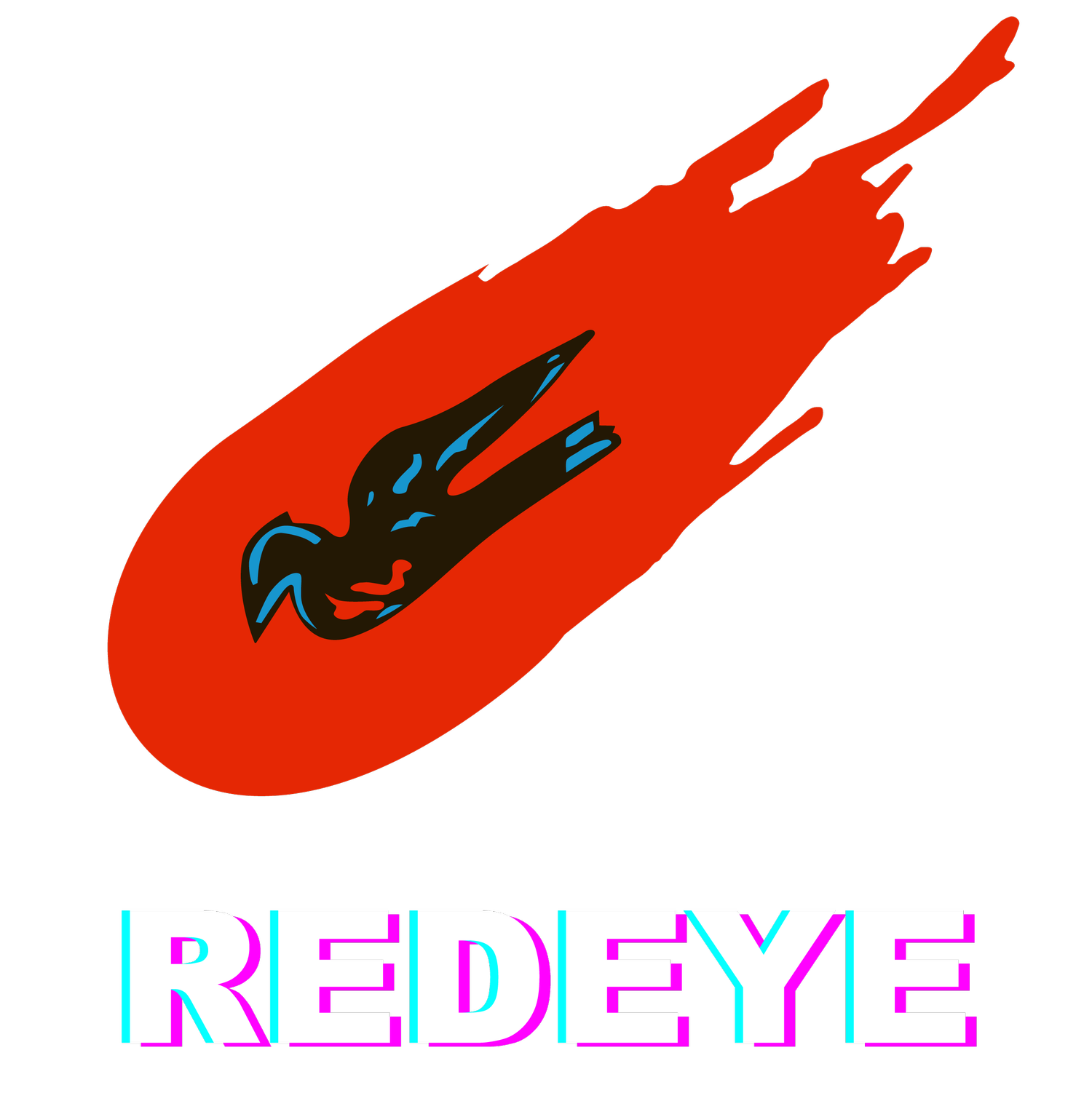Maximalist candour
THE AFRICAN DESPERATE-
WHAT ABOUT IT
The African Desperate (a play on the words African diaspora) is a satirical comedy and social commentary that uses an emerging form of digital cinema. It’s inspired by the lives of Director, Martine Syms, and lead actor, Diamond Stingingly. As Black artists, their experiences in participating in the art world has uncovered surprise! more racism, pretentiousness and socio-economic challenges.REALITY CRASH (!!)
Studying for a Masters in Fine Art somewhere near Los Angeles, Palace Bryant has just had her final review from her cynical professors, and she’s only gone and passed. Whilst graduating feels like she can now sack the whole institution off and finally go home, she gets sucked into one last motive to celebrate. We follow Palace’s mental gymnastics of being a Black woman in a white-dominated space as she struggles with how she is perceived and how she interacts with the people - “I think some things in life are bigger than art. But out here people are like ‘this is it - this is your life’.”DIGITISED LIVES
Syms blends escapades and a great soundtrack similar to Spike Lee’s She’s gotta have it with Alice in wonderland misadventures of absurdity and surrealism. Electronic beats and synths help to express Palace’s puzzled journey through alcoves of mischief and late night skinny dipping. Syms creates a world as jarring as it is to navigate white-dominated spaces. Something I’m sure a lot of us can relate with are those feelings of dissociation, it feels like we may be on auto-pilot or in some sort of simulation. Syms represents those feelings in Palace using pop-ups of GIFs and video texts in a cyborg technique that feels part reddit comments and part Sims: Urbz in the City (the Nintendo DS version obviously). Much like the high school films of the 80s and 90s, Syms’ style feels like a cultural snapshot of young people now - our digitised lives, our interconnectivity and how chaotic it all feels.About the evening
We are in a new age of film, pioneered by creatives like Jordan Peel (Nope), Donald Glover (Atlanta) and, although in the earlier part of her career, Martine Syms. They are the effect of the progression of black filmmaking and its potential, creating surreal and absurd portrayals/expressions as alternatives, equivalent to extremes of Black (American) experiences. The African Desperate is a story pulled from the absurdity of her experience as an art student and spread across the screen. With maximised overtones overlaying subtle hints at a state of well-being, Syms takes full artistic liberty in visual choice and sound direction.After the film, the audience broke into small discussion groups; fifteen minutes later, we were ready for Cam Grifiths insight.Sound in Film: Cam Griffiths
An ear-widening evening brought to us by Cam Griffiths, a multi-instrumentalist, sound designer, composer, performer, and sound mixer based in south London. His sound work for film, location and post-production has been exhibited at over 25 international festivals, including Fantasia International Film Festival, Fantasporto, Underwire, and the British Film Institute.Cam began with an introduction to the purpose of sound in video and film, feeding through to Sym’s sound direction in THE AFRICAN DESPERATE.There is a general understated value in sound design and production within the film, something excruciatingly important for Cam to impart to us. Not least because of the pressure and effect on the body with long stints in awkward and stretched-out postures, it is not one of the unglorified roles of film. However, as we steeped further into the process and got better acquainted with differentiating sound, its categories and uses - as opposed to music - we gained better consideration for the art and the film.Its underappreciated depth quickly becomes fascinating when developing sound consciousness. It influences your care and sensitivity to the layers of sound, not just in film but in spaces. Cam showed us examples of his recordings; it was a fascinating experience, the transformative effect of sound alone; with our eyes shut, we meditated on the movement within the sound of a seaside location. With the same example and eyes on the image of where the sound was captured. The inevitable motion of a windy sea on a sunny day held in the image; it was as though the waves in the picture were moving. It was an incredible tool to demonstrate the effect of the sound and individual layers it takes to transport us into the films we watch.Hamed - Obscuring Glissant’s essay ‘for opacity’
Hamed is an interdisciplinary artist floating across different mediums to create portraits and visuals around identity and often references west African motifs. Hamed’s style is sharp and luminescent, often working in the negative space, in construction, context or subject but maintains a spectrum of emotion and depth with this minimal monochromatic palette. The simplicity maximises the effect. The tools for his works on paper are charcoal, chalk, pastel and coloured pencil, spray paint, airbrush, and acrylic. The subject of identity permeates THE AFRICAN DESPERATE and Hamed’s work generally as with this Artwork. Like the film and Diamond Stingingly’s character, its overtones and undertones are equally important in its understanding. The first thing you notice is the 'fleur de lis', a familiar symbol that litters the top of fence posts in the UK. Ancient Egyptians used the same sign to represent the snake that bit Cleopatra and used to brandish runaways by French colonies, also on the north point of a compass, fabrics and countless designs.
The obscured essay ‘For Opacity’ is by Glissant, a French writer, poet, philosopher, and literary critic of Caribbean descent. The crux of Glissant’s work is Caribbean culture and identity; he defines opacity as the state of being other or different - unquantifiable, a diversity that exceeds categories. In this essay, Glissant argues that the limits of schemas of visibility, representation, and identity prevents understanding the multiple perspectives of people.
Like the film and Diamond Stingingly’s character, the work is convoluted, but each layer, overtones and undertones, are equally important in understanding it. PLAYLIST BY REDEYE
As always, the start of the journey is the space prepared before each screening and the curated acoustic environment. We have always included music in these events - not for the sake of it, but because there is hardly a better tool to prepare the mind. The playlist for this screening was co-curated by the core REDEYE team, Nigel Ruwende, Emmanuel Awuni and Fikayo Oloruntoba. Each has a personal relationship to sound as a sensory tool that informs their individual practice. FE- (IRON) [Fikayo & Emmanuel]
Fikayo & Emmanuel constantly co-create on projects and are often on the periphery of each other's personal work as a supporter or thought contributor, one sharpening the other. Emmanuel’s artistic aptitude includes paintings, sculpture, video, sound and any other medium that is best or necessary for the time. Fikayo is a researcher and producer, facilitating visions across disciplines, art, fashion, sound, film and photography. Inherently informed by west African diaspora, transatlantic and native sounds, they are curious about the relationship between the ways of living and how the environment dictates the sounds across Hip Hop, Broken English and Caribbean culture. These are the consistent languages and substantive traditions that are the vehicle for their process of creating and curating music.Nigel Ruwende
Nigel’s curatorial capacity is embalmed in his sensitivity to space. With a clean ear for detail, Nigel has an unmatched understanding of inverting products into experiences with subtleties that enhance their value. Often dissatisfied with the limited and typically narrow representation of the rhythm of space and its organic and historical impact on aboriginal (‘Black’) creation at home and abroad, he continuously explores melody and instrumentation. 'From the familiar to the un-shazam-able' Nigel shares these discoveries of ancestral legacies in contemporary ways, facilitating memories that feel like tangible souvenirs. The heart of his practice is the journey and destination.











